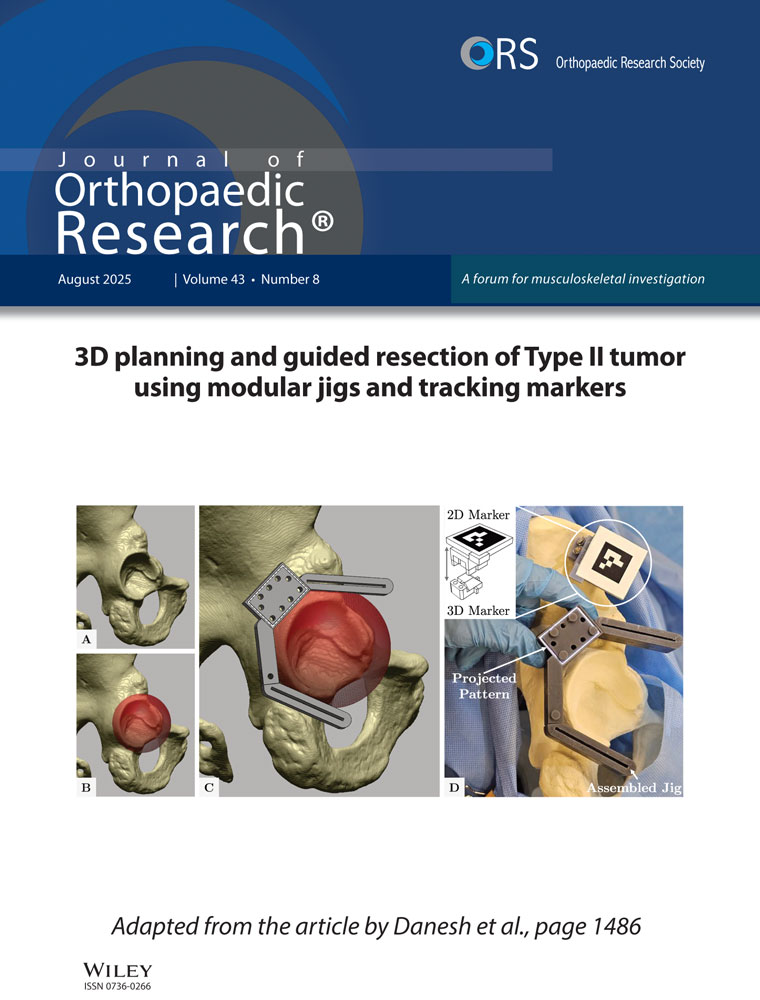Treatment of experimental osteomyelitis with antibiotic-impregnated bone graft substitute
Abstract
The model of Norden was used to induce osteomyelitis in the left tibia of New Zealand White rabbits. Twenty-one days following inoculation, the animals had primary debridement and then were randomized into one of three treatment groups. Group I received no additional treatment; in Group II, plain hydroxyapatite beads were packed into the defect; and in Group III, gentamicin crobefat-loaded hydroxyapatite beads were packed into the defect. The animals were observed for 40 days after the primary debridement and then were killed. The intensity of infection was determined by swab cultures and quantitative bacterial cultures of the debrided material. At primary debridement, all of the animals in each group were equally infected. At the time of secondary debridement, only the animals in Group III had a statistically significant reduction in infection (p < 0.001). In this study, we demonstrated that an antibiotic-loaded osteoinductive ceramic bead can effectively eliminate bacteria from an osteomyelitic cavity.




